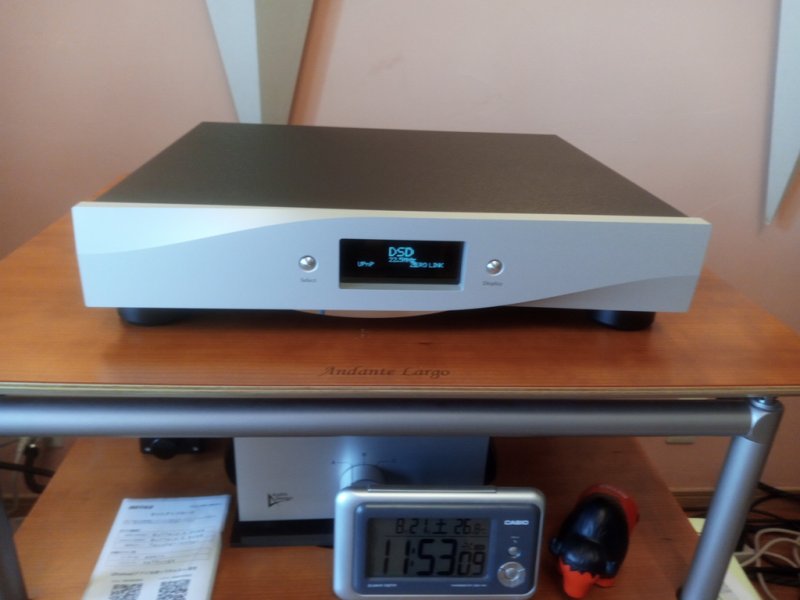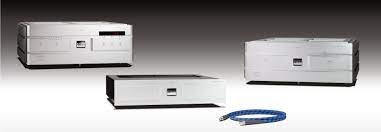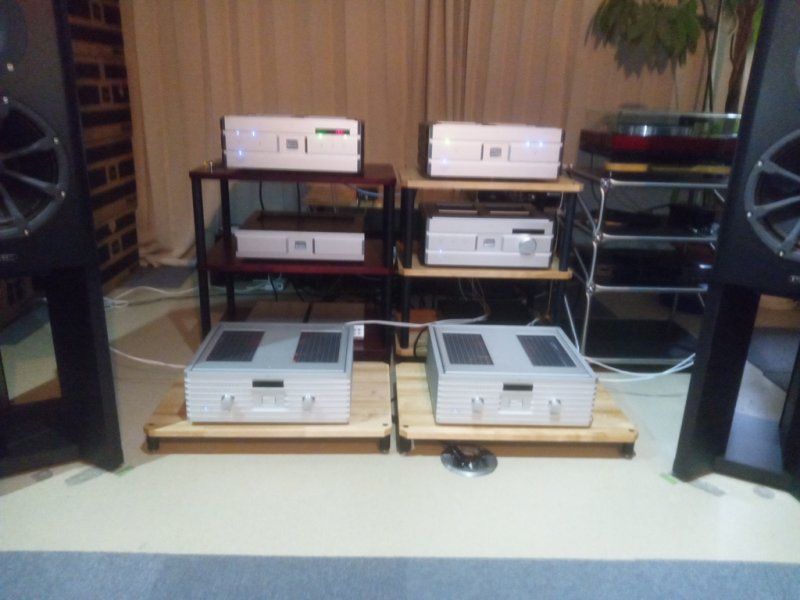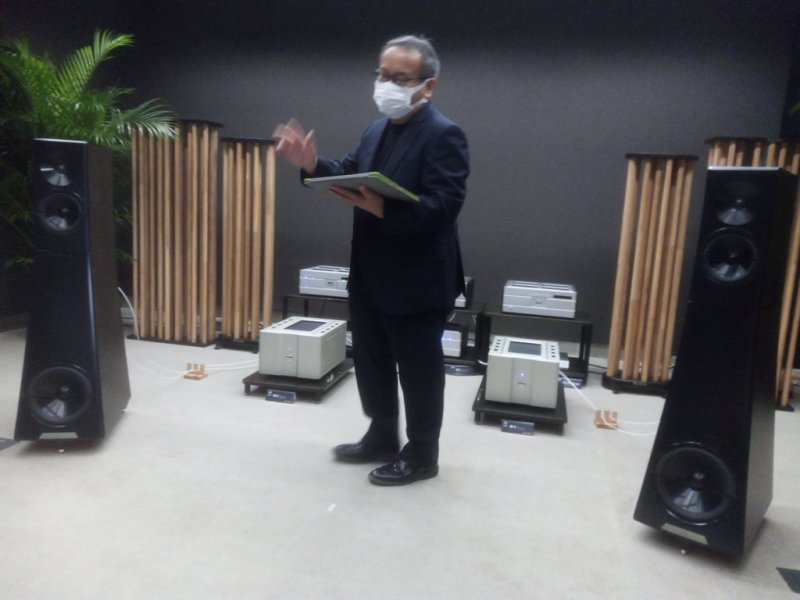Hello everyone, this is my first contribution to this forum
because I would like to introduce a great step forward for digital audio in Japan.
Messrs SFORZATO and SOULNOTE have developed nice Network players/DACs,
but their technologies and products might not be well known overseas due to the language barrier, etc.
ZERO LINK is a brand new transport protocol and products (transport and DAC/player),
developed by Kyoichi Omata at SFORZATO and Hideki Kato at SOULNOTE.
Kyoichi Omata describes key ideas of ZERO LINK on facebook as follows:
--------------------------------------------------------------------------------------------------------------
ZERO LINK is the new digital audio signal (I2S, DSD) transmission standard established by SOULNOTE and SFORZATO.
The key of the ZERO LINK is that the clock master is DAC not Transport.
How to create the Best Performance DAC with inputs such as USB, LAN ?
The conclusion by the two companies was eliminating asynchronous operation from DAC.
ZERO LINK is what makes this a reality.
DAC works to convert digital data to analog signal in succession, to the rhythm of the sampling frequency .
This rhythm must be maintained without disturbance, and must be kept constant.
Data sent over USB or LAN comes at a timing that has no relation to this rhythm.
A given amount of data is sent in blocks, which must be arranged so that DAC can read them according to its rhythm.
The work of receiving and arranging the data, too, is carried out with timing unrelated to the rhythm of D/A conversion.
Imagine this. As you clap to a certain rhythm, next to you is someone who makes loud noises at times unrelated to your rhythm, beating a drum – tata, tatata, ta.... at a completely unrelated tempo and rhythm.
Wouldn't you want to shout at this nuisance to get out?
Completely shutting out hindrances to rhythm is the DAC portion connected through ZERO LINK.
It forces the USB, LAN that create rhythm-disturbing noise out to Transport.
It then transmits the clapping rhythm from DAC to Transport, and sends data one item at a time in step with the rhythm.
The result: no noise inside DAC other than your own clapping, letting you concentrate on D/A conversion without disrupting the rhythm.
What connects Transport and DAC is ZERO LINK. The format (e.g., sampling frequency) of songs played by the transport is communicated to DAC, after which DAC sends a rhythm fitting the format to Transport.
Transport then sends data in step with that rhythm to DAC, piece by piece. The connection method behind this mechanism is ZERO LINK.
https://fb.watch/3FSor_bzUv/
--------------------------------------------------------------------------------------------------------------
Last weekend I had a chance to listen to this new technology in an audio shop in Tokyo,
with SFORZATO DST-Lepus transport (trial version) and SOULNOTE S-3 Ver.2 SACD player
which accepts ZERO LINK data transport.
Despite their being in trial, the sound was much better than the ordinary USB isochronous widely used.
Much more clarity, brightness and high resolution sound had me both surprised and amazed.
The difference in resolution of the sound source was readily discernible.
You can experience the difference by downloading and listening two WAV files on the links below:
DELA S100 -(optical fiber LAN)-> DST-Lepus -(USB)-> S-3 Ver.2
DELA S100 -(optical fiber LAN)-> DST-Lepus -(ZERO LINK)-> S-3 Ver.2
SFORZATO will release ZERO LINK transport and DACs in a few months,
DST-Lepus (ZERO LINK Transport)
DSC-Vela (DAC)
DSC-Dorado (DAC)
DSC-Grus (DAC)
SOULNOTE follows: release planned for July,
Z-3 (ZERO LINK Transport)
D-3 (DAC)
I hope all over the world audiophiles experience and enjoy the excellent sound.
SFORZATO
SOULNOTE
View attachment 75027View attachment 75028View attachment 75029View attachment 75030View attachment 75031
The superb engineer at SFORZATO is Kyoichi OMATA,
I'm Kyoichi ODA. This is a just coincidence, don't be confused!















